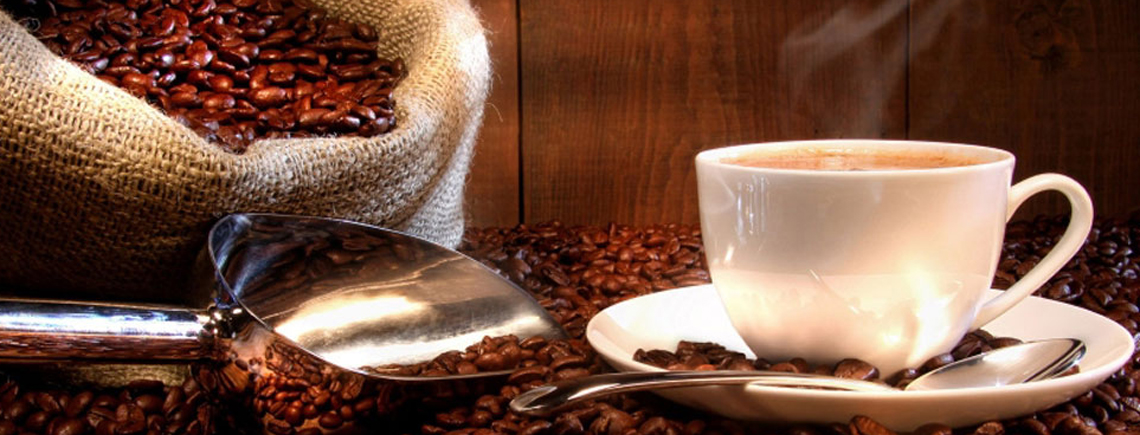A World Without Coffee
A world without coffee—what would it be like? There was, indeed, such a time in the Western World, as hard as it is to imagine today. No wake-up cup of Joe to send us out the door. No mid-morning libation to revitalize us and no late afternoon Starbuck’s to see us through our commute home. In the 17th century, the world was still waiting.
The wait ended when coffee beans were imported from the Middle East to Venice. The craze spread like wildfire across Europe, reaching England in ships laden with exotic goods from the East. Pasqua Rosée, a servant a trader in Turkish goods, opened London’s first coffeehouse in Saint Michael’s Alley in Cornhill in 1652 and by 1675, there were more than three thousand coffeehouses throughout England.
Coffee was seen as an elixir of marvelous portent, a mysterious potion that brought people together and opened their minds to the world and its potential without the intoxicating effect of alcoholic beverages. English coffeehouses in the 17th and 18th centuries were public places. For the price of a penny, customers purchased a cup of coffee and admission to a world of stimulating conversation. Coffeehouses were seen as “penny universities,” places historians often associate with the Age of Enlightenment.
Political groups often used coffeehouses as meeting places—Samuel Pepys reported drinking so much coffee while engaged in political debate he made himself sick—and coffeehouses formed a nucleus for business opportunities. At Lloyd’s, frequented by merchants and sailors, shipping industry deals were made so often it morphed into the insurer, Lloyd's of London.
“You have all Manner of News there: You have a good Fire, which you may sit by as long as you please: You have a Dish of Coffee; you meet your Friends for the Transaction of Business, and all for a Penny, if you don't care to spend more,” Maximilien Misson wrote in the late 1600s.
The coffeehouse craze continued through the 18th century before gradually giving way to the rituals of tea. Unlike coffee, tea was drunk in the home. Coffeehouses faded from the social landscape but it never fell out of favor as an individual drink. And coffeehouses themselves have enjoyed occasional revivals. In urban environments in the 1950s and ‘60s, they became the haven of the beat generation, the cradle of the folk music revival and an eventual a catalyst in Vietnam War opposition.
Today, coffee is ubiquitous. The average American drinks nearly ten pounds of coffee each year—approximately seventy-two cups per pound—of every conceivable variety. But there is also growing interest in gourmet and specialty coffees purchased from single sources, roasted in small batches and often served in settings directly descended from the coffeehouses of old.
Consider Irving Farm Coffee House in Millerton, open seven days a week. Enter its warm environs in the turn-of-the-century building at 44 Main Street on a cold day and you will almost certainly find friends and business colleagues huddled over steaming cups of coffee roasted at a state-of-the-art facility just a mile down Route 22.
Go south to Wingdale and stop in at the The Dutchess Coffee Company at 1465 Route 22, a small artisanal coffee roaster where only one hundred percent Arabica beans are processed in small batches. The shop, which opened to rave reviews in July, is Yvette Naylor answer to being “a bit disappointed that there wasn’t a good place to have a cup of coffee.”
She rectified the situation by roasting her own blends, purchasing beans from a dealer whose sources are single-origin farmers. So popular were her blends, she was soon persuaded to open a coffee shop.
While many of her customers are commuters from the city, she said she is keeping prices low to introduce local patrons to the subtleties of fine coffee.
Not far away, in Kent, is one of the more venerable of the modern-day coffeehouses—Kent Coffee & Chocolate, founded twenty-six years ago by chef Sandra Champlain. In matching chocolate and coffee, Champlain rolled back the calendar more than three hundred years to the coffeehouse craze of the 1600s. Unlike coffee, chocolate was immensely popular, both private homes and public coffeehouses.
In America, one of the first coffeehouses in the colonies opened in Boston in 1670, when Dorothy Jones and Jane Barnard were granted a license to serve coffee and chocolate. Following in their footsteps, Champlain opened her doors on July 4, 1991.
Today, in addition to a wide variety of chocolate candies crafted on site, the shop sells coffee made only from quality Arabica coffee beans from around the world in a variety of flavors. The coffee is roasted in small batches to ensure maximum flavor and aroma.
Kent Coffee & Chocolate Company is located at 8 North Main Street and is open every day.
Up in Berkshire County MA, No.6 Depot Roastery and Café in West Stockbridge reproduces the coffeehouse experience, serving house-roasted coffees in its café/gallery.
The roastery sources its beans from the top ten percent of Arabica species grown at altitudes of 2,000 to 6,000 feet above sea level in an equatorial climate. The coffee is hand-picked and hand-roasted, using eye, ear, nose and experience rather than a computer profile.
No.6 Depot’s café is open seven days a week from 8AM to 4PM In the open central space of the historic train station, food, drink, art, performance and community converge. The gallery showcases local and international artists and also serves as an event space featuring live theater, music, dance, poetry slams, lectures, film series, book launches, classes, tastings and pop up shops.
Two events are planned this weekend: an Italian wine seminar Friday (tickets, $35/person; reservations in advance by calling 413-637-2221) and chocolate and coffee pairings and tastings Saturday (free, but make reservations at lisa@sixdepot.com).

